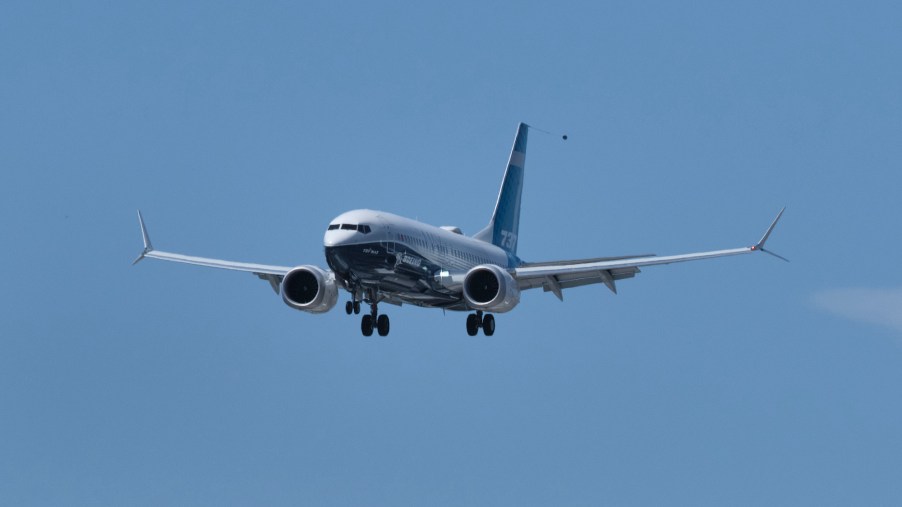
What Does the FAA Do?
Half a century after Orville Wright took his historic 12-second flight, the seeds of the FAA were planted. Today, the Federal Aviation Administration registers aircraft, develops air traffic rules, and investigates accidents. But that’s not all this government agency does.
Early origins of the FAA
Ever since the Wright brothers made their first successful, albeit short, motorized flight over Kitty Hawk, imaginative aviators have been building better, more practical aircraft. And as air traffic increased, the need for national safety standards and flying rules became apparent.
On August 23, 1958, President Dwight D. Eisenhower signed the Federal Aviation Act into law to create the agency that oversees air traffic throughout U.S. airspace.
Although an independent aviation agency was suggested to Congress in 1957, it took a pair of major air disasters to spur legislation that created a single agency wielding control over civilian, military, and commercial aircraft in U.S. airspace, Michigan Law Review reports.
In 1967, the FAA merged with the Department of Transportation. Tasked with the safety and security of civil aviation, the agency issues and enforces a range of minimum standards regarding aircraft manufacturing, maintenance, and operation.
In addition to aircraft safety regulation, the FAA also performs numerous tasks on behalf of aviators.
The FAA abroad and in space
Another crucial function of the agency is the promotion of global aviation safety. The FAA certifies foreign aircraft repair facilities and the mechanics who work on them. It also offers technical training and exchanges aeronautical data with foreign authorities. And the FAA negotiates bilateral airworthiness agreements with nations worldwide.
Licensing of commercial space launch facilities is within the purview of the FAA, which also oversees private payloads on expendable launch vehicles. Whenever Elon Musk wants to launch a SpaceX rocket, he, like anyone else, must obtain the green light from a special branch of the FAA.
After several one-time, one-rocket approvals and a few spectacular crashes, the Office of Commercial Space Transportation (AST) authorized Musk to dispatch a trio of test flights from the SpaceX launch facility in Boca Chica, Texas, this past April. One stipulation of approval called for an FAA inspector to be on the launch site at all times, TechCrunch reported.
Established in 1984, the AST has been under the aegis of the FAA since 1995. The agency’s sole space-related wing’s duties include protecting public health and safety and looking out for U.S. property, security, and foreign policy interests. The space-oriented branch of the FAA promotes and facilitates commercial space launches, orbits, and reentry by private sector entrepreneurs, including Musk, SpaceX’s CEO.
When appropriate, the FAA-overseen AST recommends amendment of federal treaties, statutes, procedures, and regulations. Additionally, the agency promotes expansion of American space transportation infrastructure.
Airspace management, accident investigation, and other programs
The FAA’s main objective is to safeguard navigable airspace, and it achieves this goal via several routes:
- Air route traffic control centers
- Airport navigation towers
- Assigned airspace
- Flight service stations
- Standardized air traffic rules
When an aircraft accident occurs, the National Transportation Safety Board (NTSB) ultimately answers to the FAA. Information collection, risk analysis, and data sharing among agencies is the Office of Accident Investigation and Prevention policy.
As a public service, the FAA provides preliminary incident and accident notices for the past 10 days. Categorized by aircraft type, data provided may be subject to change upon further investigation. The FAA also oversees:
- Aircraft registration
- Recording of title documents
- Registration of aircraft parts
- Aviation insurance
- Aeronautical charts
- Airway and airport services information
Herding cats
With tens of thousands of aircraft sharing space, the FAA provides invaluable oversight to prevent airborne chaos while keeping passengers and crew safe.


